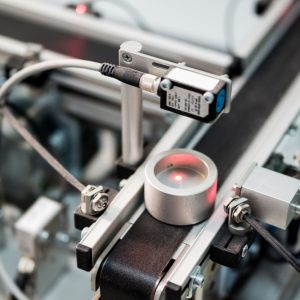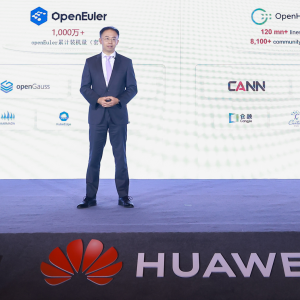The Santa Clara, California-based ISV was founded in 2001 and built its business by addressing CDP requirements in Windows environments with its DR-Scout suite, which comprises three products: DR-Scout VX for volume replication; DR-Scout FX for file-level replication and DR-Scout CX, and out-of-band device on commodity hardware for monitoring and optimization of local and remote disaster recovery and branch office consolidation. It also offers modules for specific apps such as Exchange, SQL Server and Oracle.
John Ferraro, CEO of InMage, said the company’s main differentiator is its ability to send continual updates to a first backup copy. The data is seen in real-time, not snapshotted periodically with a copy then sent across a WAN link, instead sending time-stamped changes continuously to a full copy taken the first time data is backed up.
If a server has an outage, you can point and click and bring back the data within seconds, he claimed, comparing this with the likes of EMC Legato’s NetWorker or Symantec/Veritas NetBackup, where they do a weekly full backup and daily incrementals, so you can lose as much as a day’s data in the event of a failure.
Perhaps the closest competitor to what InMage does, he acknowledged, is the Kashya technology acquired by EMC in May this year, or the XOSoft capability acquired by CA in July. In the case of the Kashya technology, Ferraro argued, it’s good for enterprise but not for the mid-tier, having started on Unix. He added that it is not robust on Windows. The XOSoftt product, meanwhile, is for mid-tier and down, but they’re not as strong as us.
InMage, by contrast, started life in Windows environments and is only now branching out to other OSes. Our port to Linux is about complete, and next year we’ll address Solaris, HP-UX and AIX, Ferraro went on. He said the company is also looking at support for SAN switch environments, in particular for Brocade and Cisco switches.






